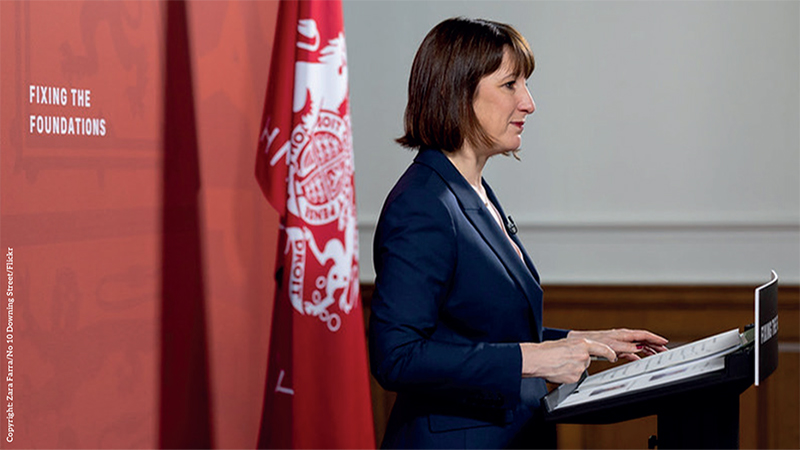The government’s Budget decision to extend the two decades long freeze to IHT thresholds will cost some families £234,000, according to AJ Bell.
The platform said the figures show that by 2030 a couple could pass on £1.1m tax free if the nil rate band alone had tracked inflation rather than been frozen.
Almost £1.6m could be left tax free if both the nil rate band and residence nil rate bands were indexed to inflation.
The main IHT exemption has been frozen at £325,000 since 2009, amounting to £650,000 for a married couple.
The residence nil rate band (RNRB) introduced from 2017 means a married couple can leave a combined total £1m tax free if they leave a property to their direct descendants. AJ Bell’s figures show that the overall IHT threshold would actually be higher had the main nil rate band simply been linked to inflation and the RNRB were never introduced.
See also: Budget leaves advisers facing 70.5% tax raid on clients
The nil rate band would rise to £555,000 by 2029/30 if it tracked inflation, AJ Bell said.
This would mean a couple could pass on an additional £110,000 tax free. Without it, tax bills could be £44,000 higher per family as a result.
If both the nil rate band and residence nil rate band were indexed to inflation the combined total rising to £1.6m would mean £234,000 off IHT bills.
Charlene Young, pensions and savings expert at AJ Bell, said: “Frozen tax thresholds punish taxpayers by stealth. When asset prices rise but thresholds fail to track inflation, the result is higher tax bills.
See also: Autumn Budget 2024: Chancellor extends IHT threshold freeze to 2030
“Astonishingly, the main IHT free threshold won’t have changed in over two decades by the time the freeze is lifted in 2030.
“Although a new exemption has been introduced since then, the residence nil rate band, these figures show it actually doesn’t compensate for frozen thresholds. Had government done nothing whatsoever other than index the IHT allowance to CPI over the last 20 years then the tax-free limit would be almost £1.1m for a married couple in 2030.
“The tax bill on a £2m estate will be £400,000 thanks to frozen thresholds,” Young continued. “That would be reduced to £166,000 if the exemption for the combined assets of a married couple had been uprated.
See also: Downing’s Evan-Cook: How advisers can tackle the dual threat from AI
“For larger estates over £2m the story is even worse, since the RNRB is gradually tapered away for households with cash and assets to pass on above this level. This is likely to be exacerbated by the inclusion of unspent pensions within taxpayer’s estates from April 2027.”








